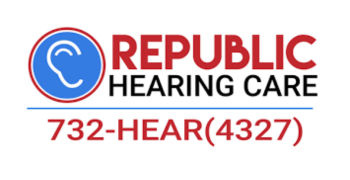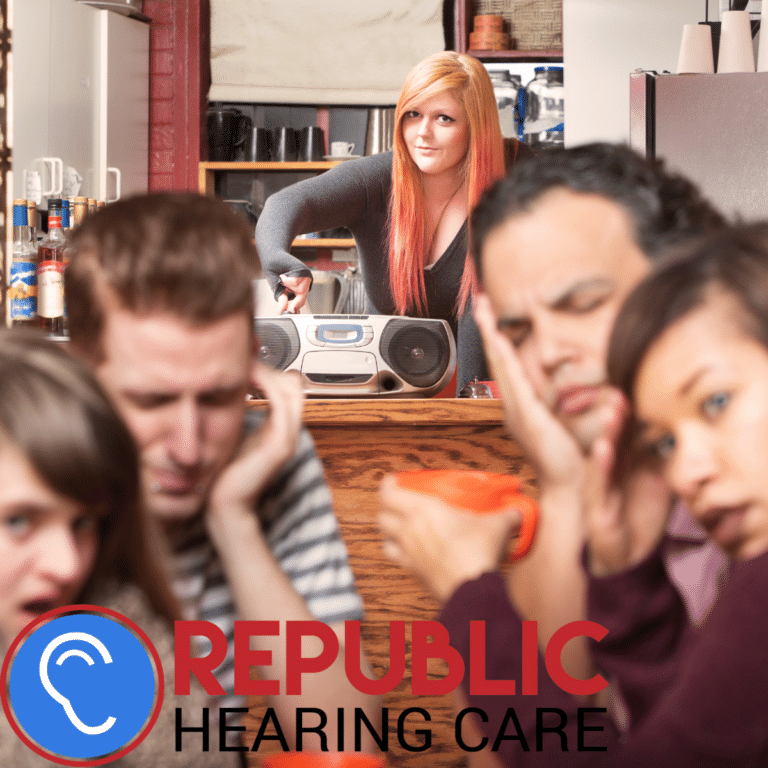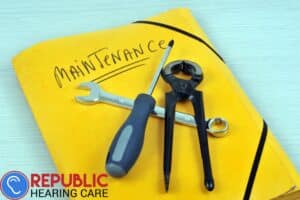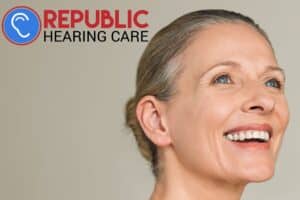Hearing is a precious sense that allows us to connect with the world around us. But unfortunately, it’s under constant threat due to various factors like exposure to loud noises, age-related hearing loss, and other auditory ailments. That’s why understanding the importance of hearing protection is crucial for maintaining optimal hearing health. In this comprehensive guide, we will explore the various risks to hearing, identify situations that require protection, discuss different types of hearing protection equipment, guide you in selecting the right gear, teach you how to use it effectively, and provide additional tips and advice. Let’s dive in!
Understanding the Risks to Hearing Health
Our hearing can be easily damaged by a myriad of factors. Prolonged exposure to loud noises, such as heavy machinery, concerts, or gunfire, can cause permanent hearing damage. Age-related hearing loss is another common cause, as the delicate structures of the inner ear naturally deteriorate over time. Other factors, like ear infections, certain medications, and genetics, can also contribute to hearing loss. The good news is that much of this damage is preventable through the use of hearing protection equipment.
Identifying Situations that Require Hearing Protection
Hazardous noise is often encountered in specific scenarios. In the workplace, employees in industries like construction, manufacturing, and aviation are exposed to high noise levels regularly. Additionally, recreational activities such as hunting, motorcycling, and live concerts can pose a risk to our hearing health. Even everyday environments like crowded restaurants, public transportation, and busy city streets can subject our ears to excessive noise. It’s important to be aware of these situations and take proactive measures to protect our hearing.
Types of Hearing Protection Equipment
Now that we understand the importance of hearing protection, let’s explore the different types of equipment available:
**1. Earplugs:**
Earplugs are small devices inserted into the ear canal to block out noise. They come in various materials and styles. Foam earplugs are affordable and widely accessible. They can be compressed and inserted into the ear canal, expanding to create a seal against noise. Silicone earplugs are reusable and moldable, providing a custom fit for added comfort.
**2. Earmuffs:**
Earmuffs consist of ear cups connected by a headband. They seal around the ears, creating a physical barrier to protect against noise. Earmuffs are particularly effective in high-noise environments and are easy to put on and remove.
**3. Custom-fit Earplugs:**
These earplugs are specifically molded to fit the shape of your ear canal, ensuring optimal comfort and noise reduction. Custom-fit earplugs are perfect for individuals who require hearing protection for long durations or have unique ear canal shapes.
Selecting the Right Hearing Protection Equipment
When choosing the right hearing protection equipment, consider the following factors:
**1. Noise Reduction Rating (NRR):**
The NRR indicates how effectively the hearing protection equipment can reduce noise. Look for products with a high NRR rating, especially in situations where noise levels are particularly loud.
**2. Comfort and Fit:**
Comfort plays a vital role in ensuring consistent use of hearing protection equipment. Earplugs should fit snugly but comfortably in the ear canal, while earmuffs should provide a secure fit without feeling too tight.
**3. Durability and Maintenance:**
Consider the durability of the equipment, especially if you require it for extended use. Look for hearing protection products that are easy to clean and maintain, ensuring their longevity.
Proper Usage of Hearing Protection Equipment
Having the right equipment is only half the battle. Knowing how to correctly use it is equally important. Follow these guidelines for optimal usage:
**1. Inserting Earplugs Correctly:**
Make sure your hands are clean before inserting earplugs. Roll foam earplugs between your fingers and insert them gently into the ear canal. For silicone earplugs, shape them to fit your ear canal and adjust as necessary.
**2. Adjusting Earmuffs for a Secure Fit:**
Place the earmuffs over your ears, ensuring they fully cover them. Adjust the headband for a snug yet comfortable fit. Double-check that no hair or clothing obstructs the seal.
**3. Ensuring Consistent Use:**
Make a habit of wearing hearing protection equipment whenever you’re in a noisy environment, whether at work or during recreational activities. Consistency is key to protecting your hearing health.
Additional Tips for Hearing Protection
In addition to using hearing protection equipment, consider the following tips to further safeguard your hearing:
**1. Limiting Exposure to Loud Noises:**
Whenever possible, limit your time in loud environments. Take breaks in quiet areas to give your ears a chance to rest and recover.
**2. Using Noise-Canceling Headphones:**
Invest in noise-canceling headphones that can help reduce background noise, allowing you to listen to music or other audio at lower volumes.
**3. Seeking Professional Advice:**
If you’re concerned about your hearing health or suspect hearing loss, consult with a hearing care professional. They can assess your hearing and recommend the best course of action.
Maintenance and Care of Hearing Protection Equipment
Caring for your hearing protection equipment is essential for its longevity and effectiveness. Follow these guidelines:
**1. Cleaning and Storage:**
Regularly clean your earplugs or earmuffs according to the manufacturer’s instructions. Store them in a cool, dry place away from direct sunlight.
**2. Regular Inspection and Replacement:**
Check your hearing protection equipment regularly for signs of wear or damage. Replace them as needed to ensure maximum protection.
By understanding the risks to our hearing health, recognizing situations that require protection, selecting appropriate hearing protection equipment, and learning how to use it properly, we can actively preserve our precious sense of hearing. Remember, it’s never too late to prioritize hearing protection. Make it a priority in your day-to-day activities and stay vigilant in safeguarding your hearing health for years to come. Take action today, and your ears will thank you tomorrow.



